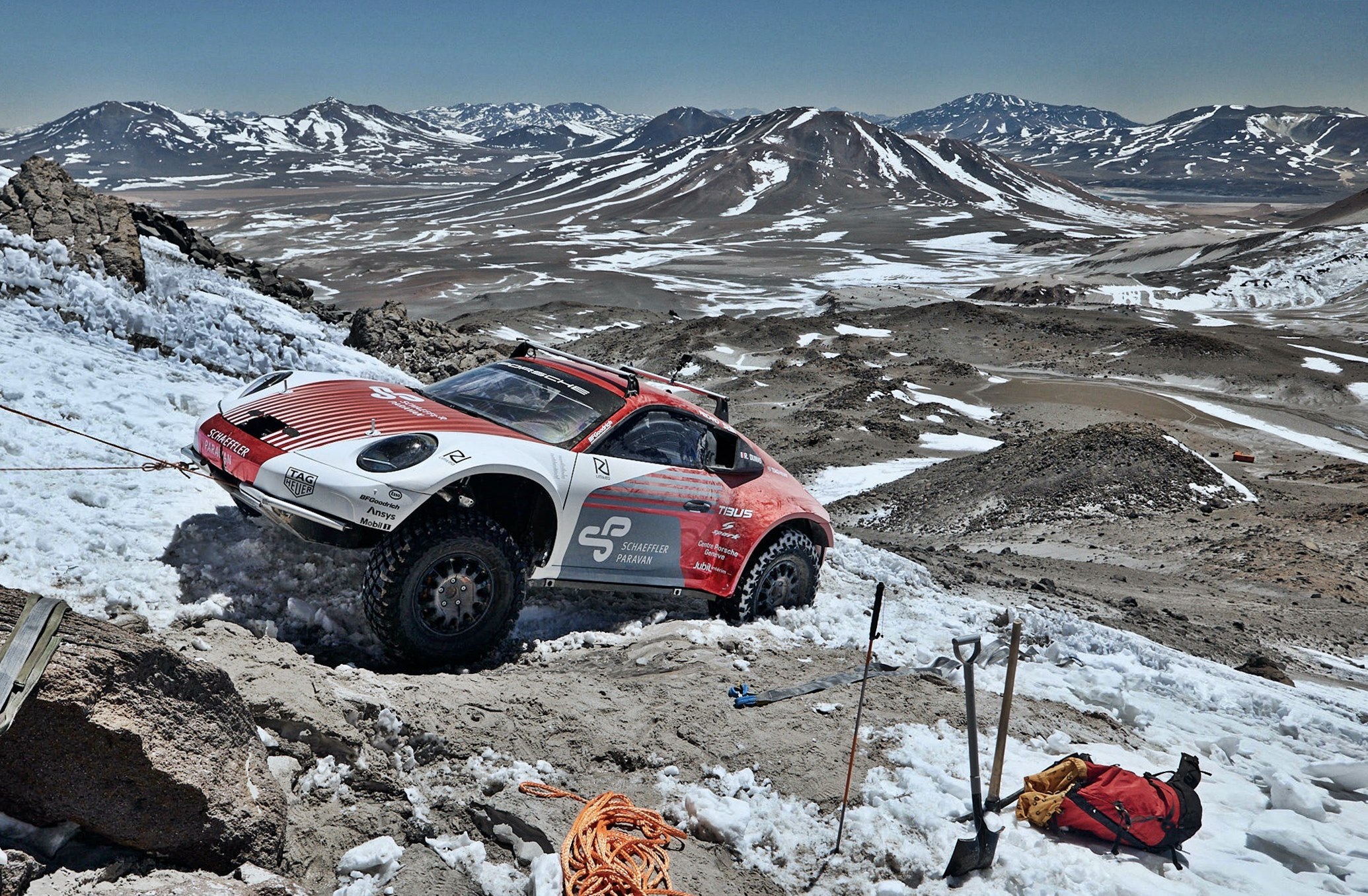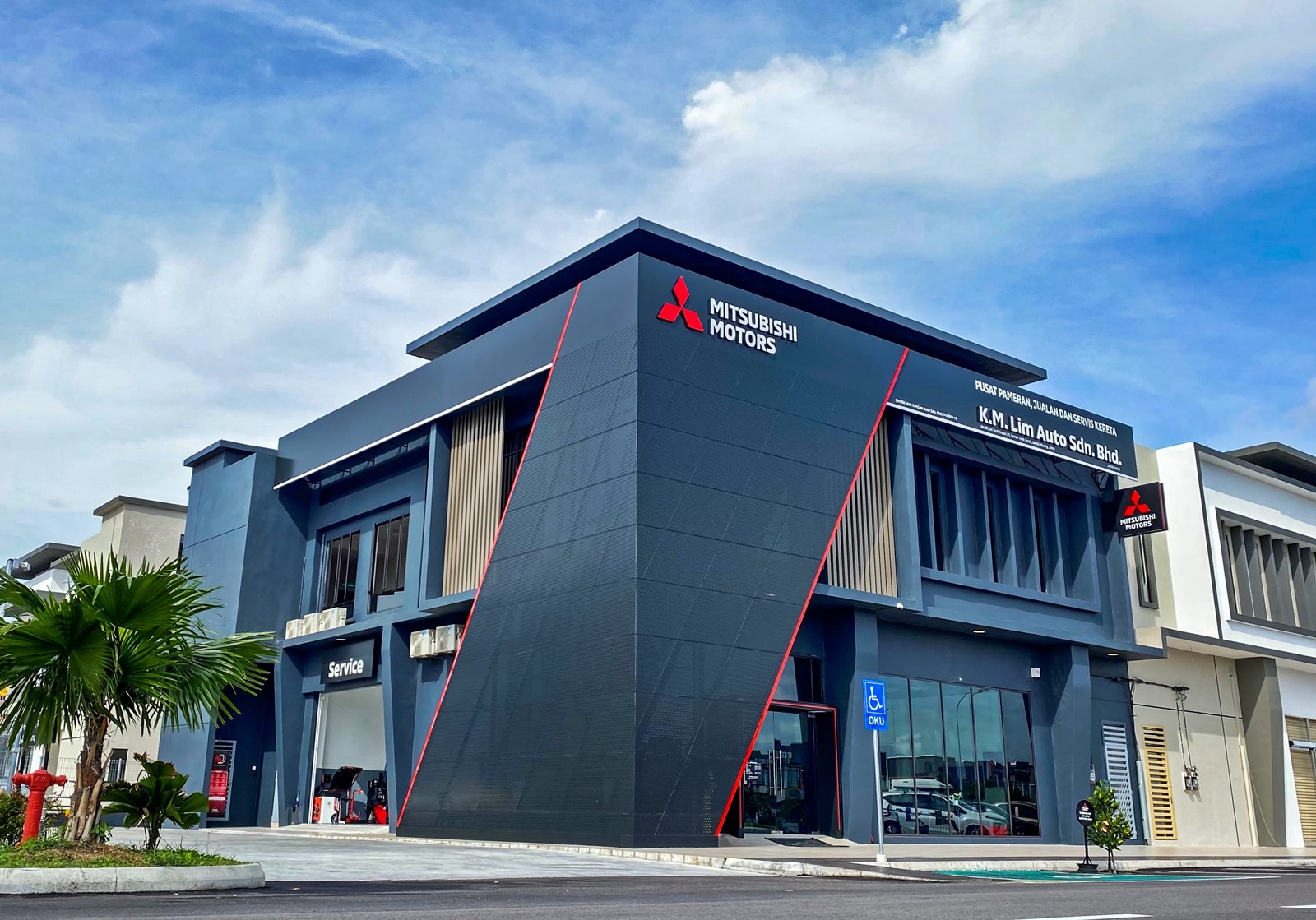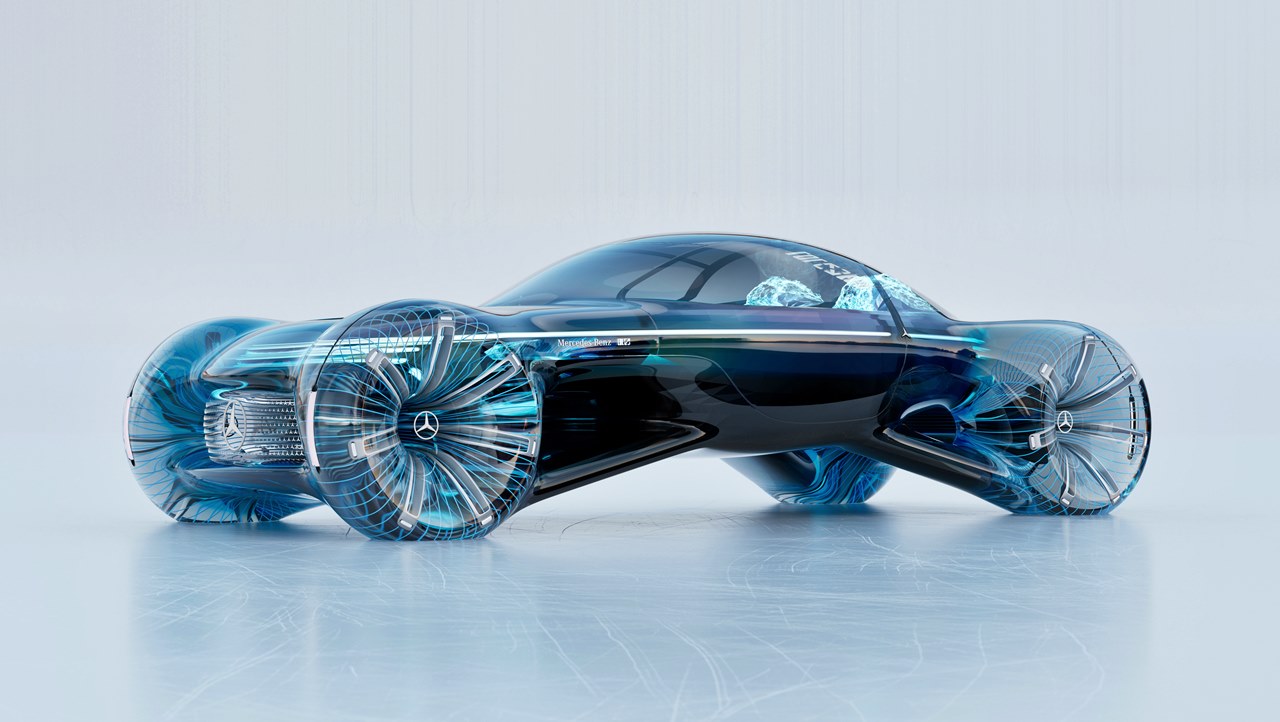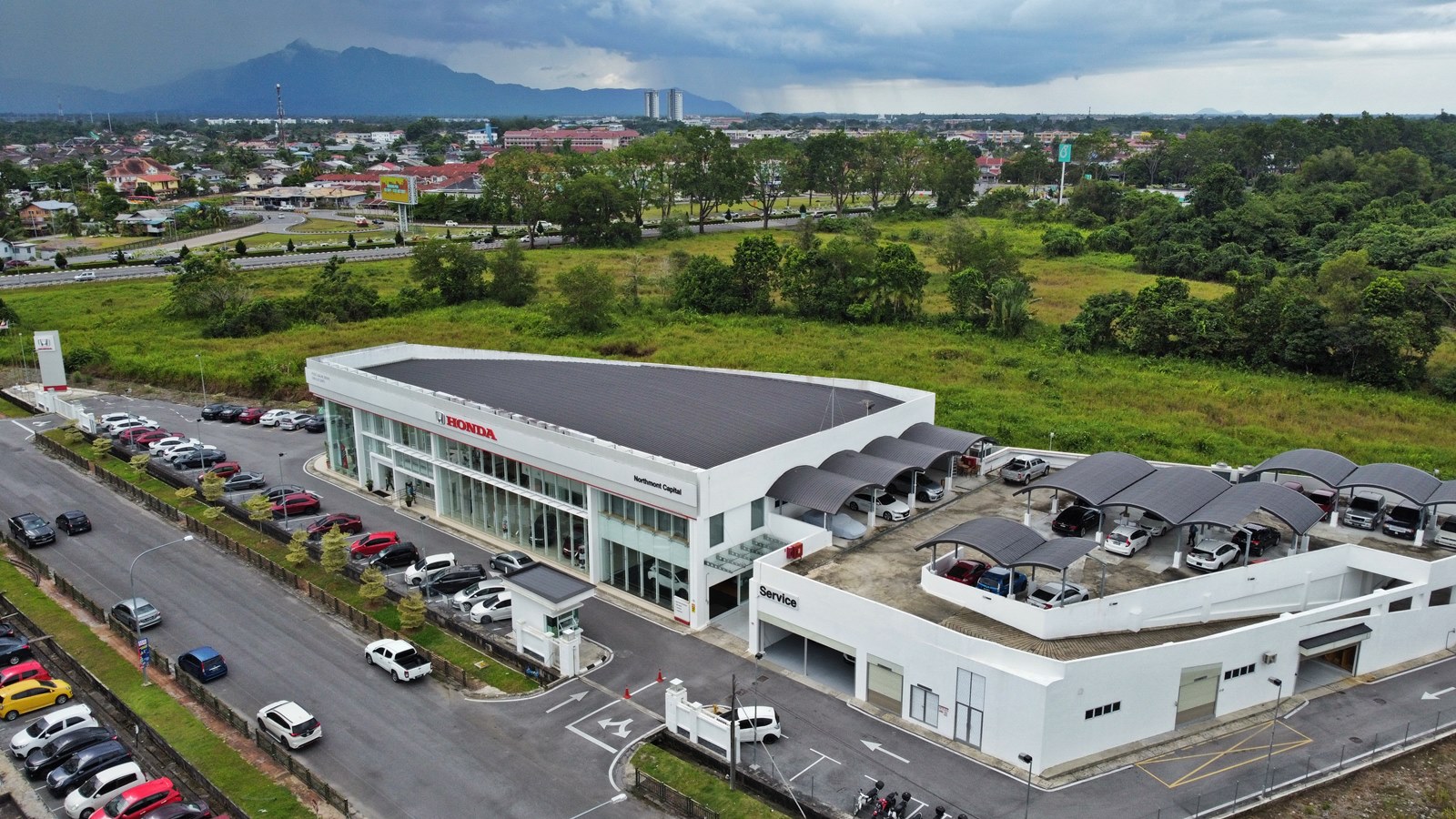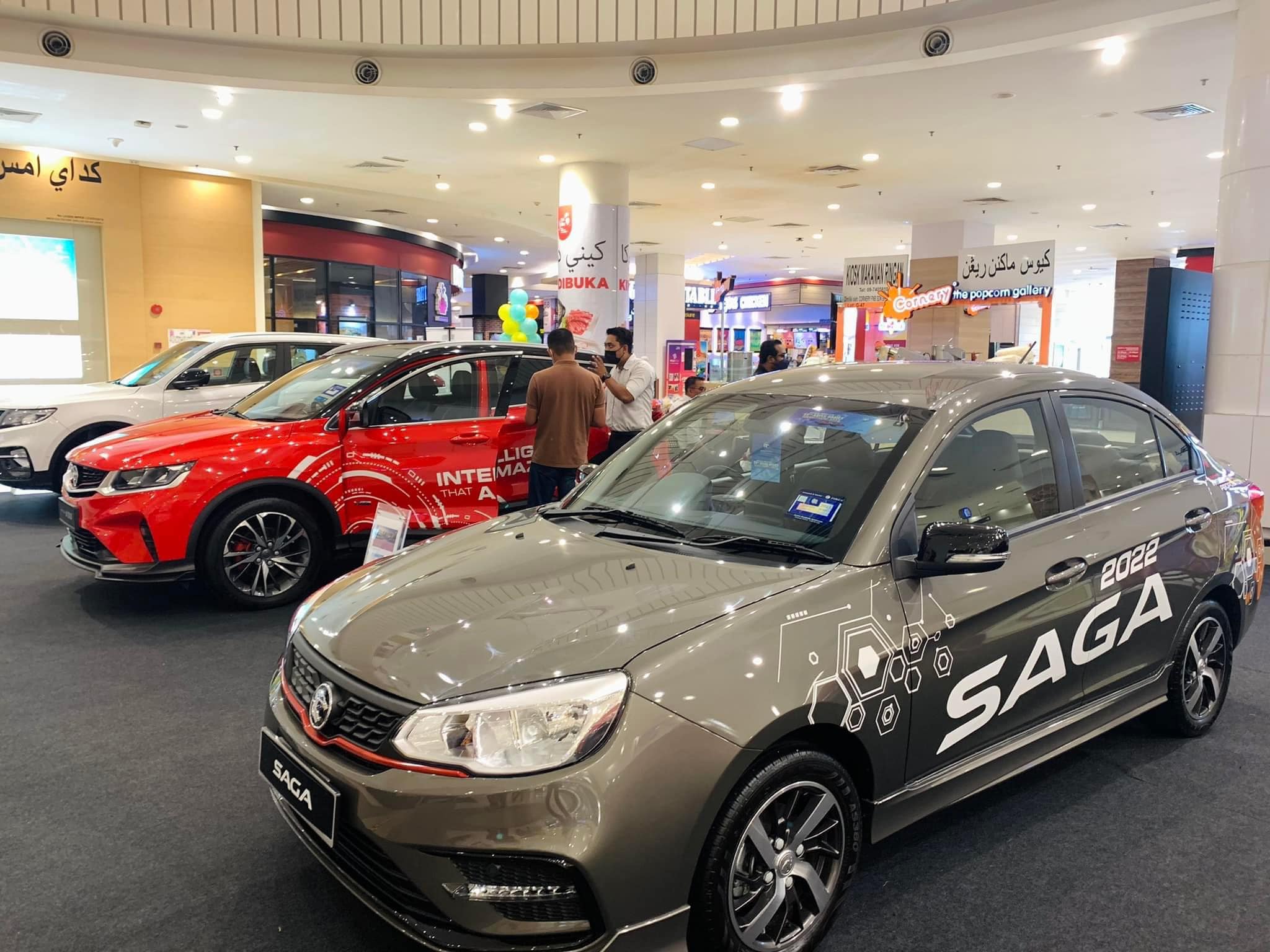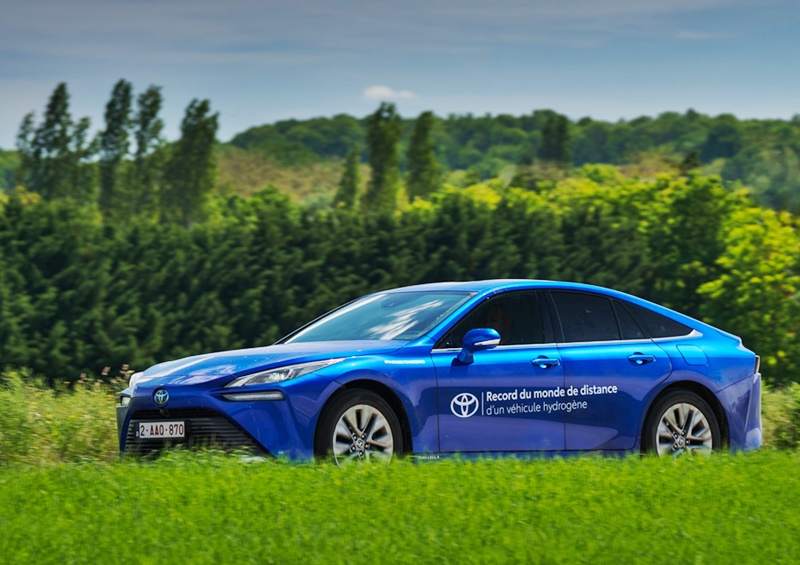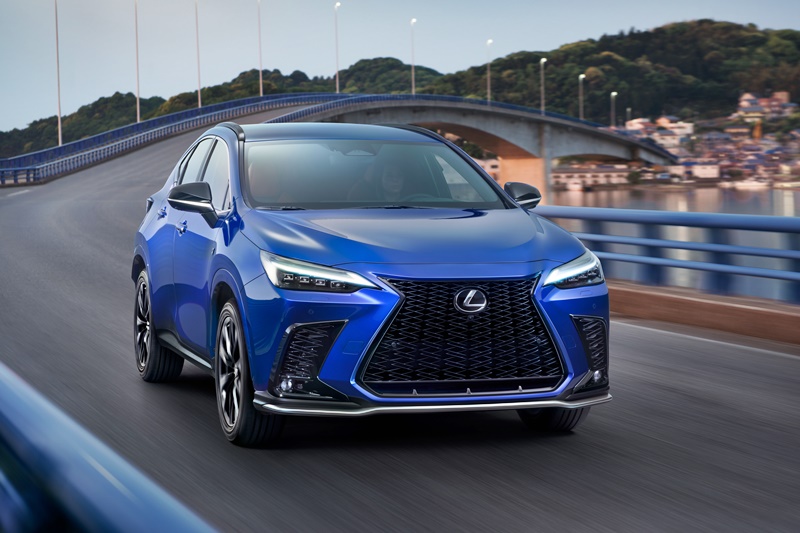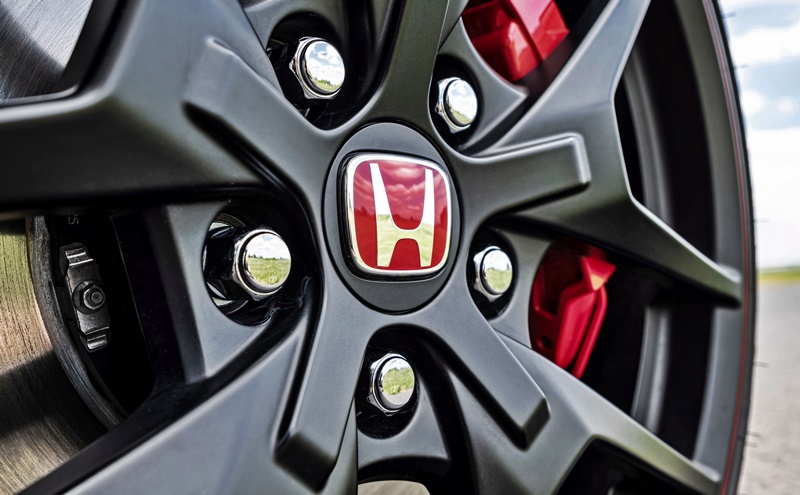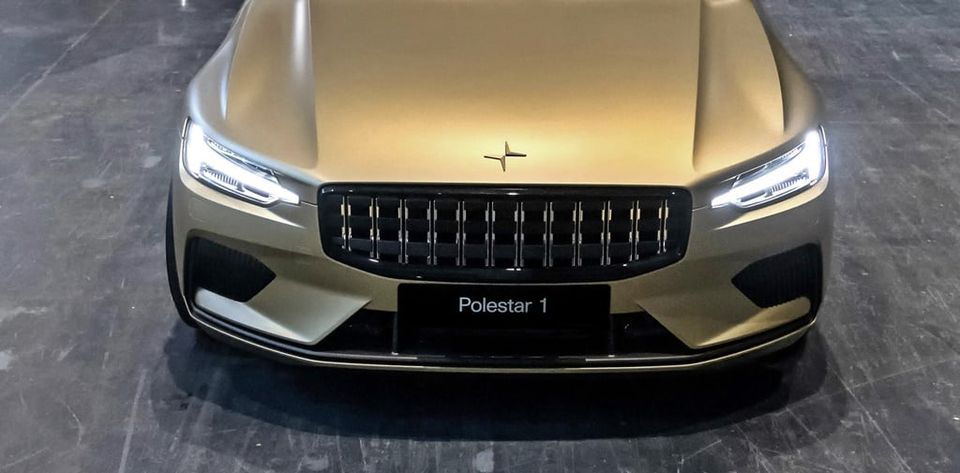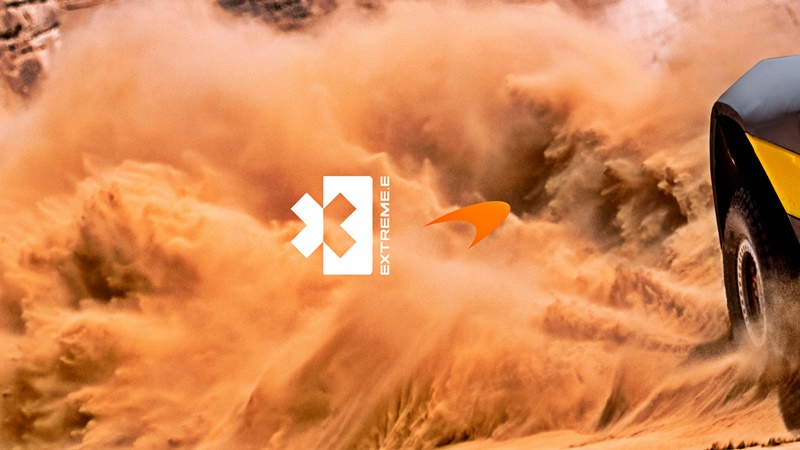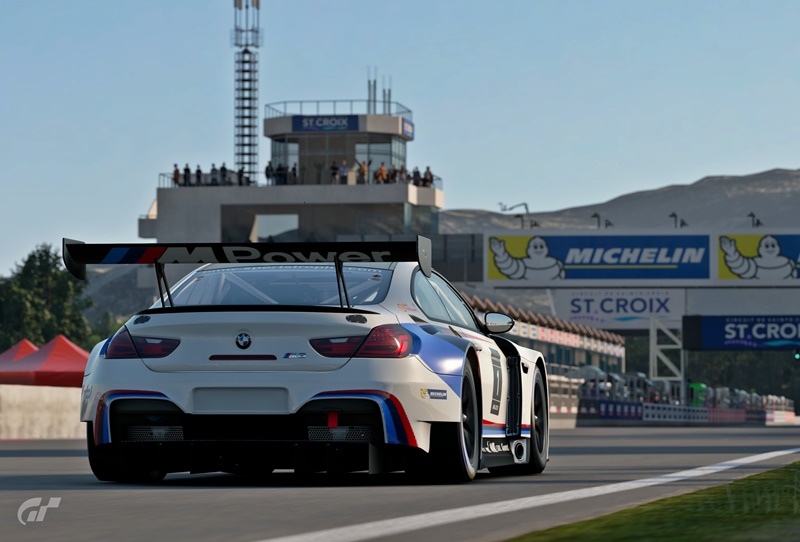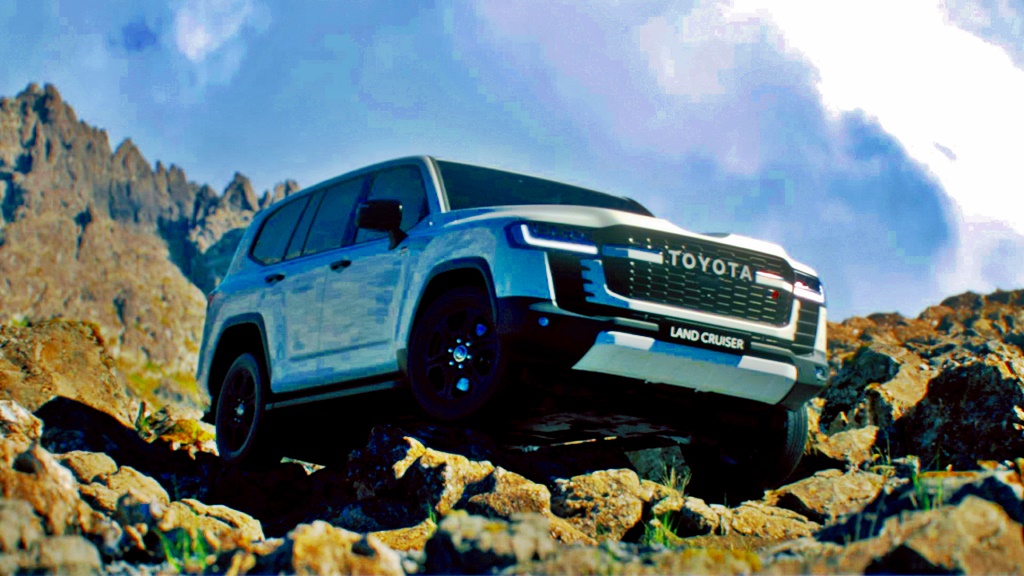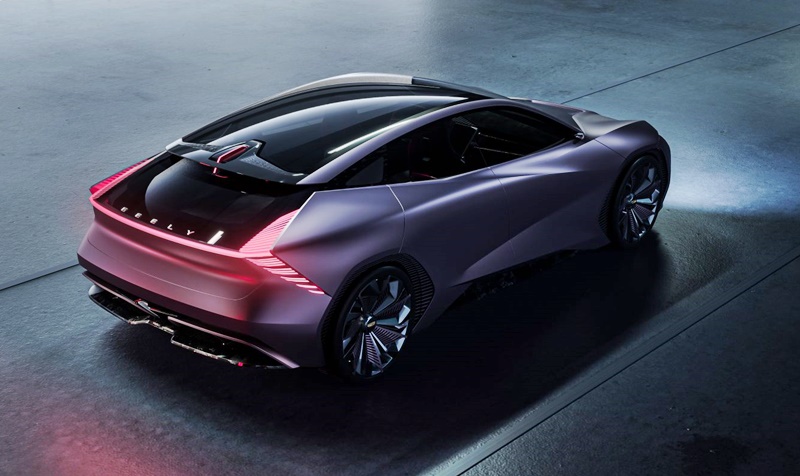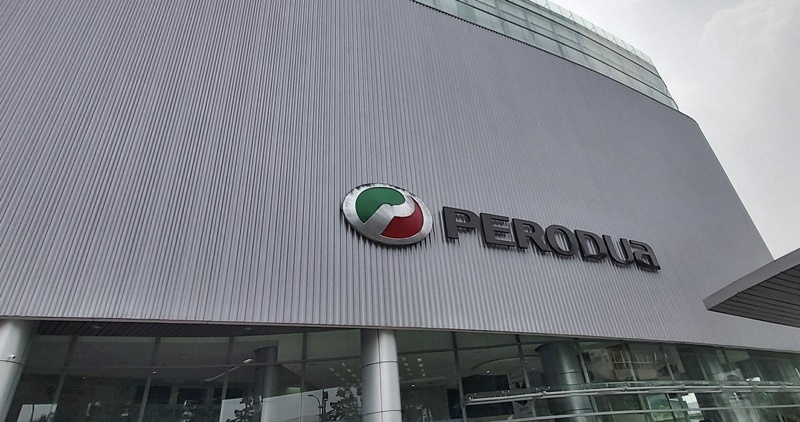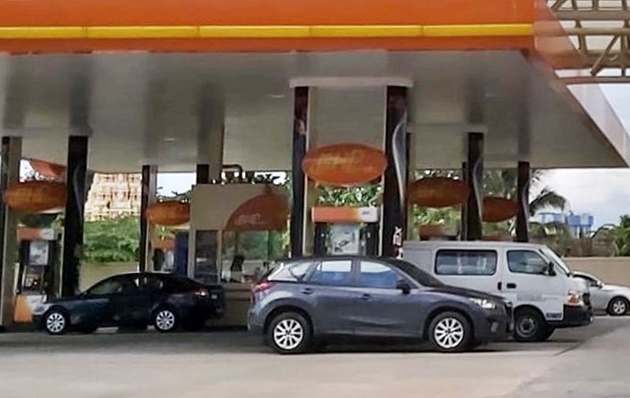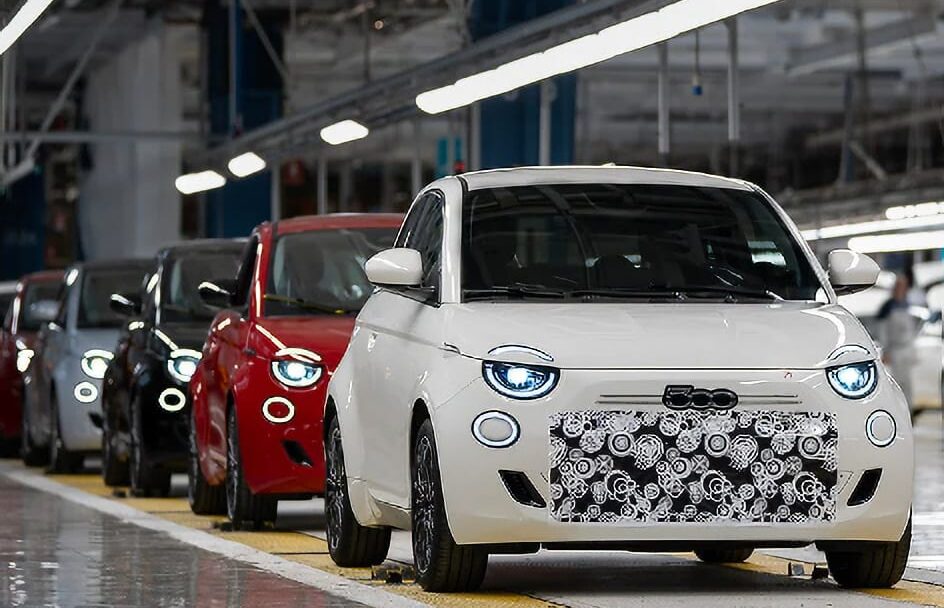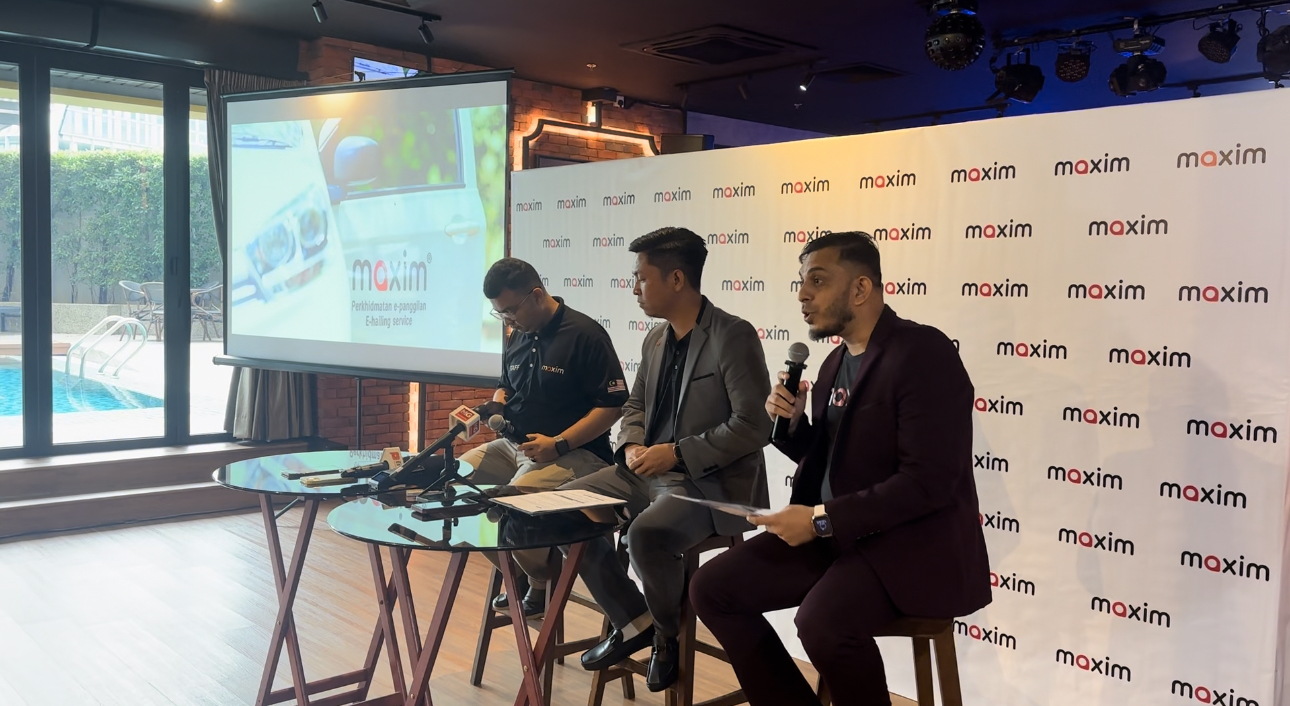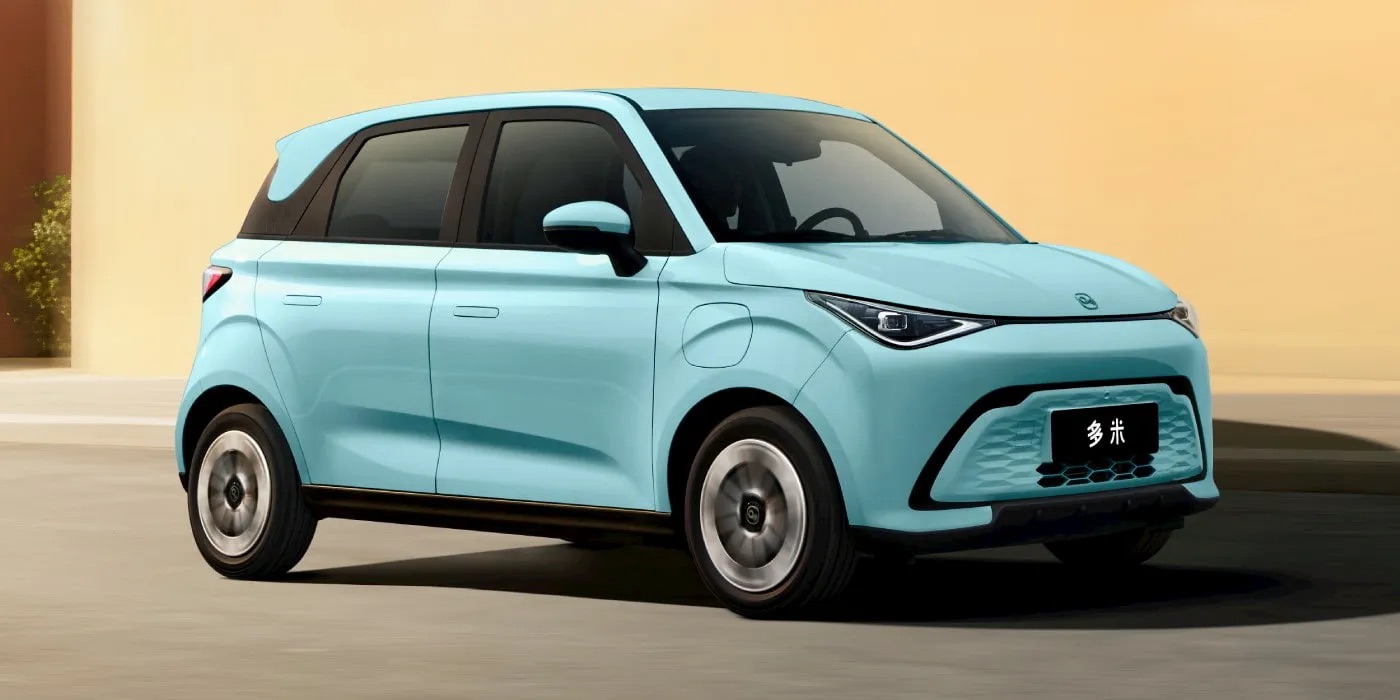With Chinese being the largest EV market in the world, any carmaker wanting to sell there must have EV models to offer. There is little time to waste as so many brands keep coming out with new models and Honda has already started selling its e:NS1 and e:NP1 electric SUVs earlier this year.
They will be joined by the e:N2 in future and to give an idea of what the second set of models will be like, the carmaker is showing the e:N2 Concept at the Fifth China International Import Expo in Shanghai. By 2027, Honda plans to have 10 models in the e:N series which will be identified by the luminescent ‘H’ emblem in the front .
(more…)



